|
*This post contains affiliate links. I receive small commissions for purchases made through these links at no extra cost to you. These commissions help me keep this site up and running, in order for me to keep providing helpful and inspiring art content. :) Welcome back, fellow artists! I'm very excited to share that I made it through my first time participating in the Inktober drawing challenge. In today's blog post, I'll be sharing my last time lapse compilation of Inktober sketches, as well as things I learned by having pushed myself through it. Though the drawings I'll be sharing were created specifically for Inktober, most of the information I'll be including throughout the post (and video) can relate to any type of daily art challenge. There's no question that being able to produce a new piece every-single-day for an entire month (no matter how small), is extremely difficult. However, there's a ton to learn from participating in art challenges like this one, as they allow us to improve not only our cold-technical skills (drawing, shading techniques, etc.) and our time-management abilities, but also test us mentally in many ways. This is why I made the decision to finally take on Inktober this year! If you visited my blog or YouTube channel at any point throughout October, you're probably aware that I've been sharing time lapses for every-single-one of my Inktober sketches! I've also talked about a variety of topics pertaining to it. Make sure to check out my past Inktober blog posts and find the rest of my time lapses over at my YouTube channel: 5 Tips to Make it Through Inktober and How I'm Going About It My Inktober Supplies and Time-lapses for Sketches 6-11 Inktober Sketches 19-25 + Reviewing My Supplies
If you enjoyed this video and found it helpful, make sure to subscribe to my YouTube channel. I share a brand new video every week with art tips, drawing and painting tutorials and mindset/productivity tips for artists. *Subscribe HERE*
You can find a list of my current favorite art supplies, as well as helpful art books here. What I Learned from Inktober
|
I hope you enjoyed this post and learned something new, or got inspired to go and create a sketch for yourself.
I wish you tons of progress and enjoyment in your artistic journey. :)
0 Comments
Leave a Reply.
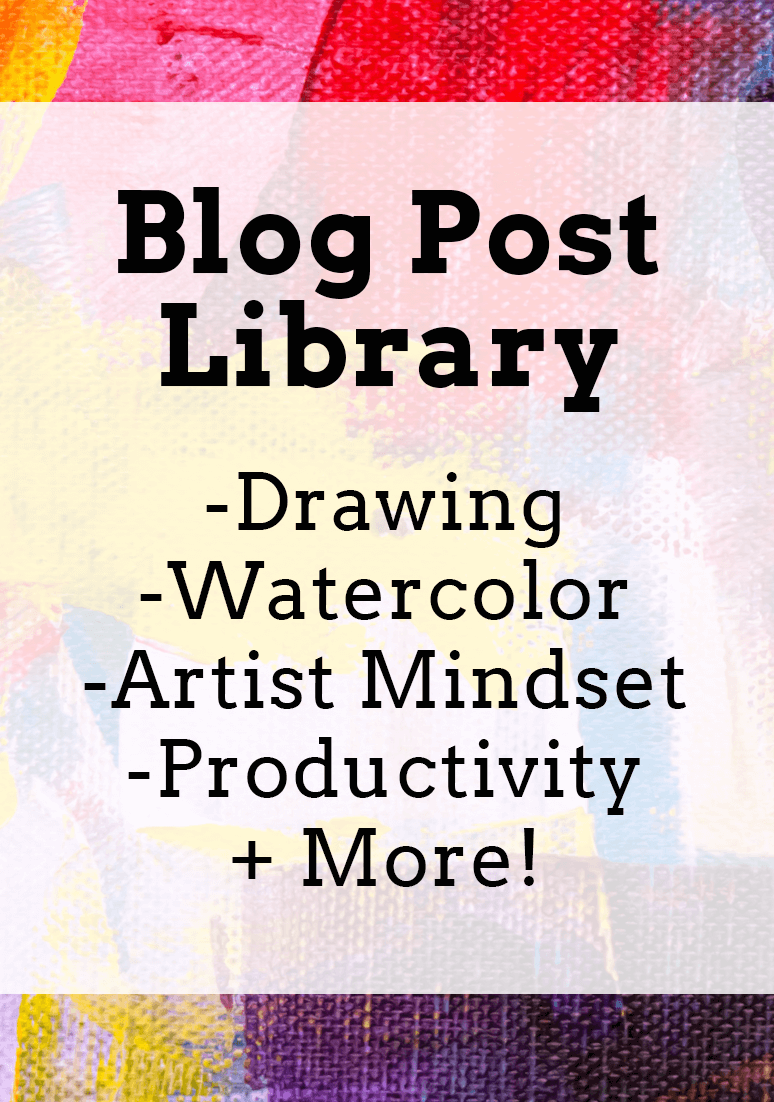
www.erikalancaster.com
is a participant in the Amazon Services LLC Associates Program, an affiliate advertising program designed to provide a means for sites
to earn advertising fees by advertising and linking to amazon.com.
www.erikalancaster.com
is a participant in the Shareasale.com Affiliate Program, an affiliate advertising program designed to provide a means for sites to earn advertising fees by advertising and linking to Shareasale.com partner companies.
is a participant in the Amazon Services LLC Associates Program, an affiliate advertising program designed to provide a means for sites
to earn advertising fees by advertising and linking to amazon.com.
www.erikalancaster.com
is a participant in the Shareasale.com Affiliate Program, an affiliate advertising program designed to provide a means for sites to earn advertising fees by advertising and linking to Shareasale.com partner companies.

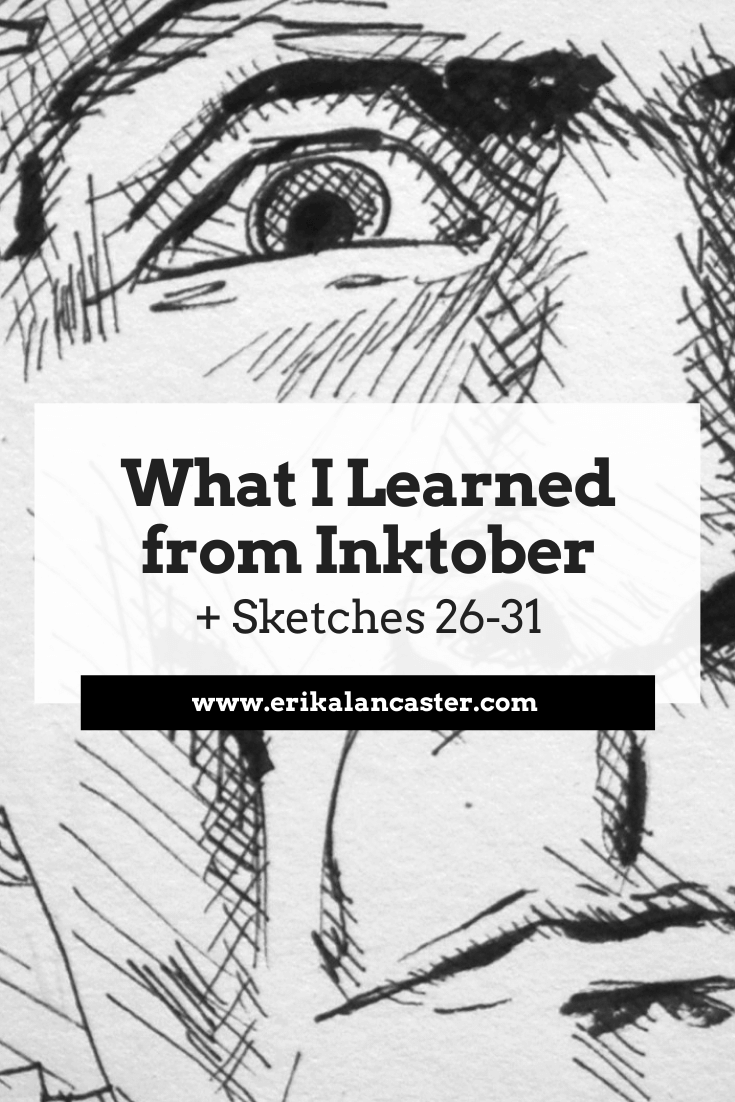
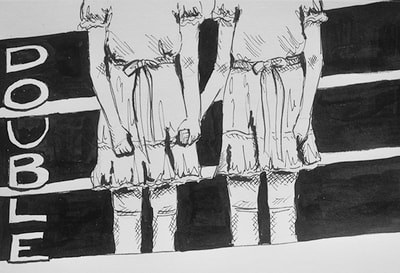
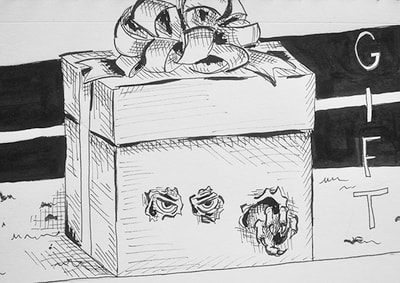

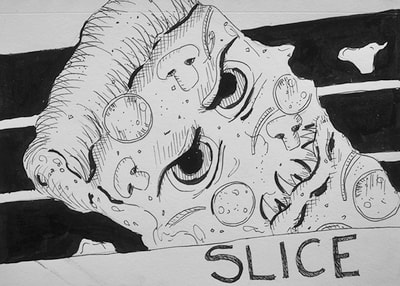
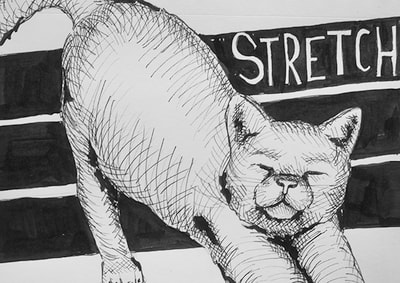
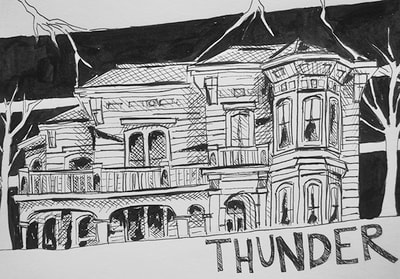
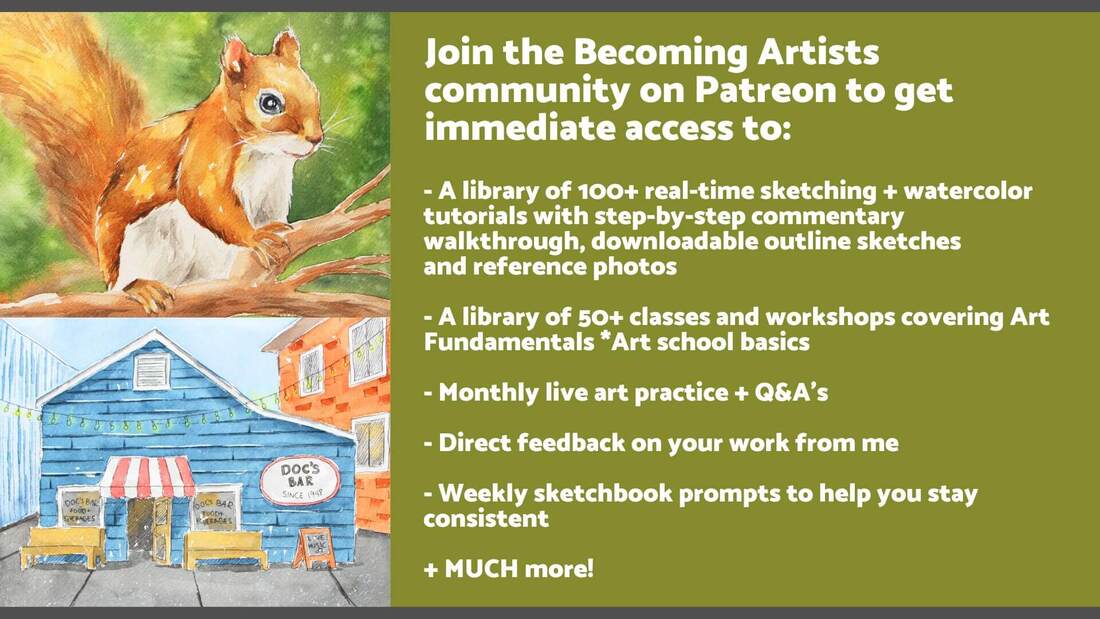
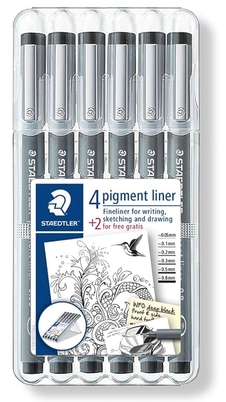
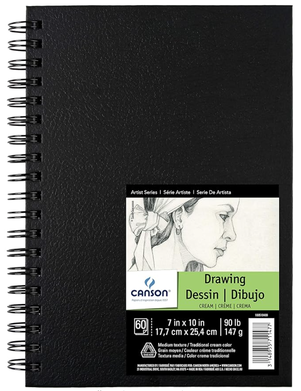
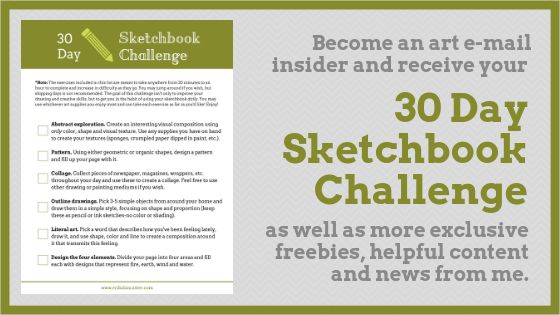
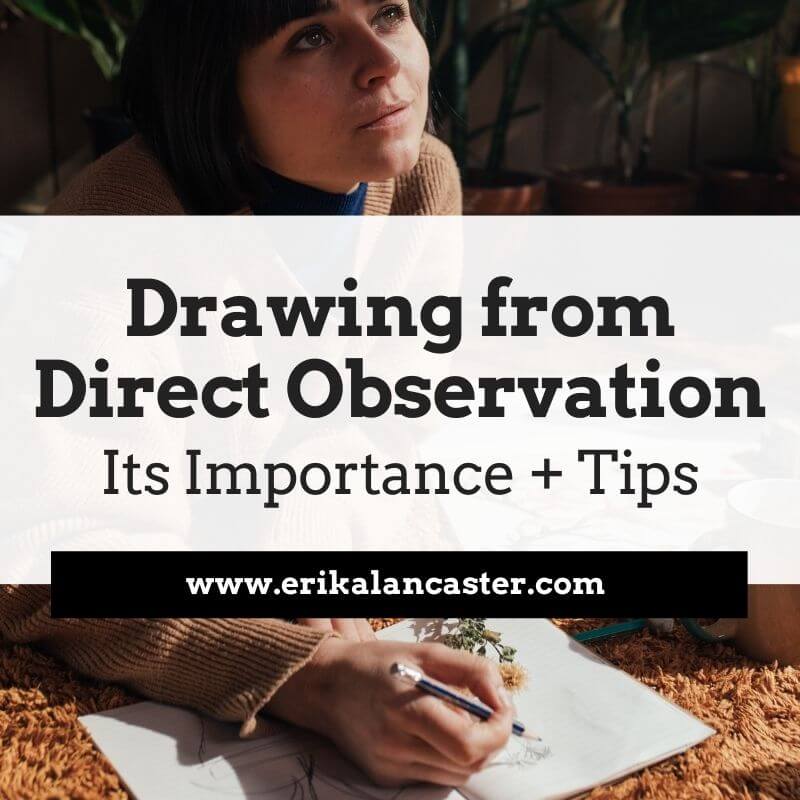
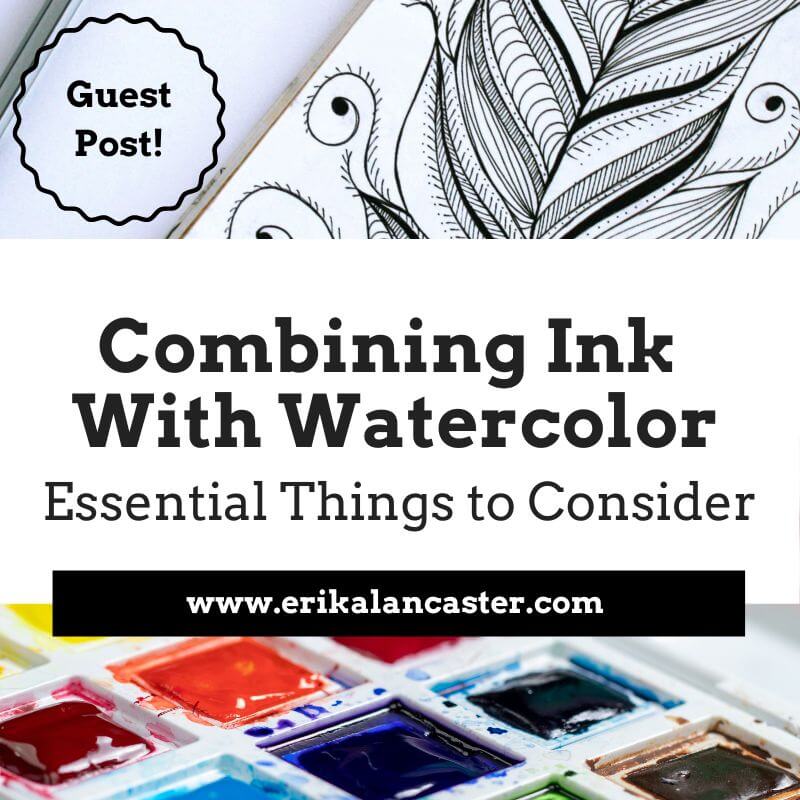
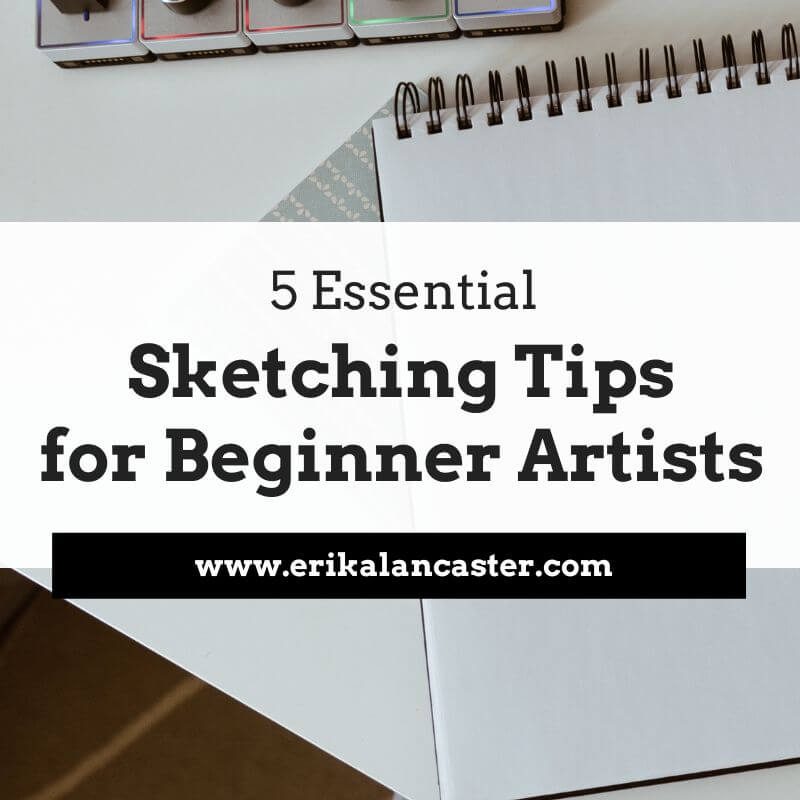
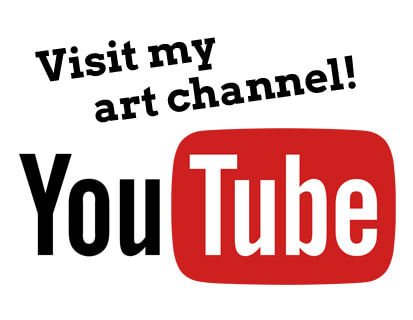
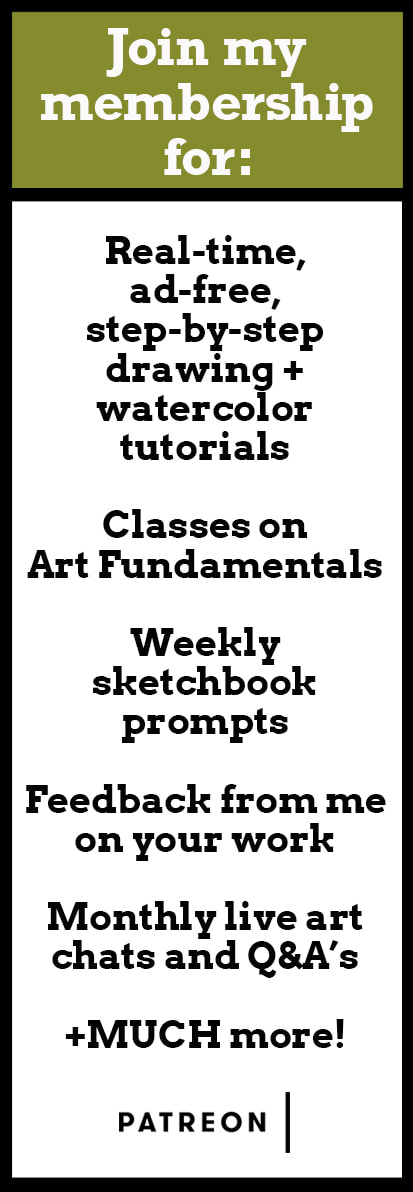
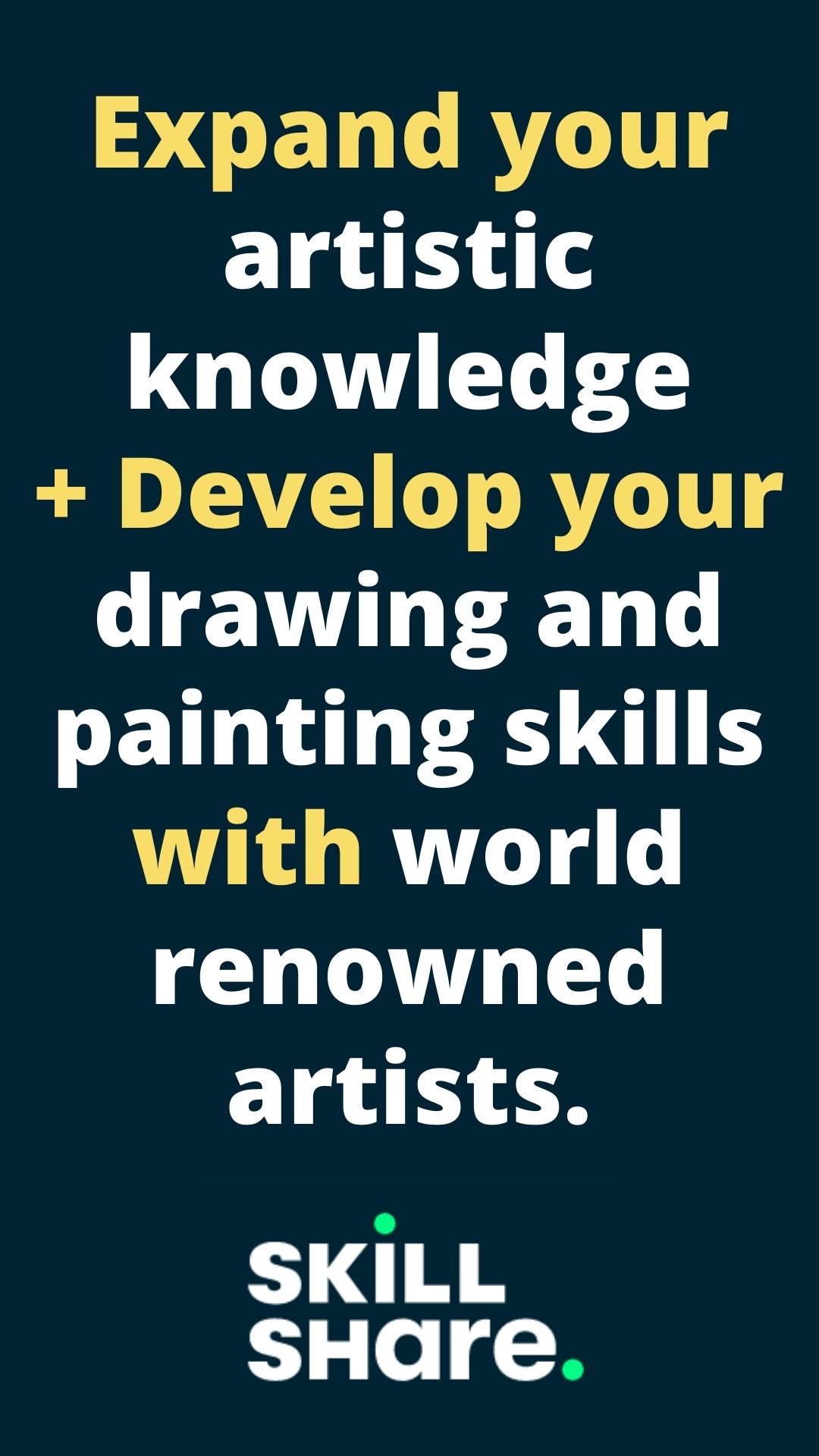

 RSS Feed
RSS Feed

